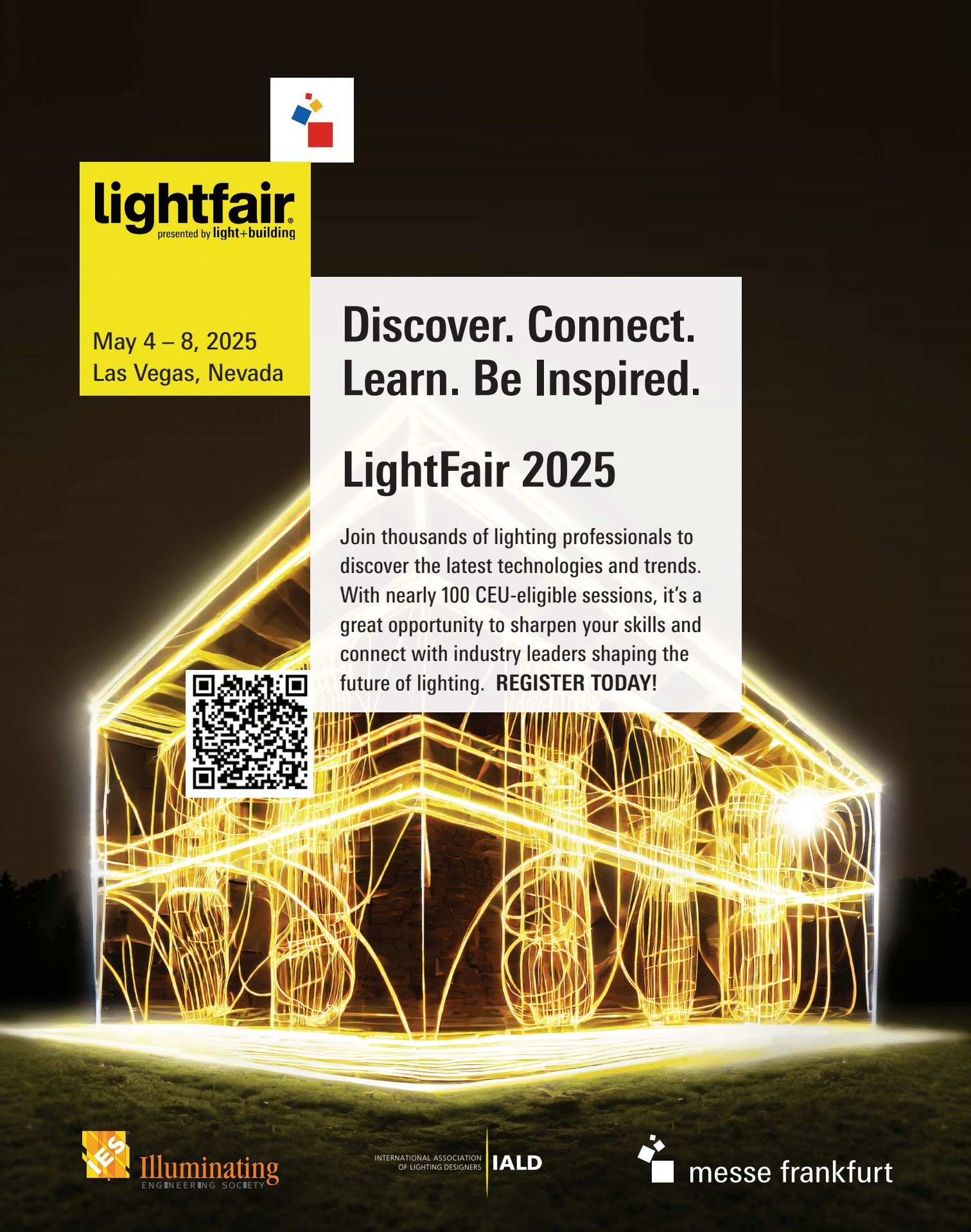
4 minute read
Up Close With Emer Gillespie
At the Atlantic Technological University in Galway, I was part of the art college, a separate, experimental space. The program encouraged us to push boundaries, and I threw myself into projects involving light and textiles. I wove large fiber optic pieces, turned them into projection screens, and created Super 8 video work that explored movement and light. My honors degree focused on textile design, which became the foundation for my creative career.
From there, I pursued my dream of a master’s degree in photography, moving to London with my four-year-old daughter in 2006. I studied at Central Saint Martins and later at the London College of Communication. Photography became my focus. I exhibited internationally, with work featured in the Irish Gallery of Photography.
My projects ranged from deeply personal family documentaries to a major work on forced adoptions in Ireland.
Teaching became a natural extension. I ran photography departments, managed darkrooms, and mentored students. But while I loved teaching, it could be draining.
Around this time, we bought our first home, and I decided to make a light for my daughter’s room. I researched everything, ordered parts, and put the fixture together. It was painted parts and bright pink cables but something about the process reignited my love for hands-on creativity. That light turned into an obsession.
I then learned everything I could about lighting. Every moment, I was experimenting at the kitchen table, testing materials, refining my techniques. Lighting design felt like the perfect balance between creativity and function. It was so rewarding to make something beautiful that people needed and wanted. This was a welcome shift from the the art world, where success can be elusive and recognition hard-won.
By 2015, during maternity leave, I decided to launch Spark & Bell. I started selling on Etsy, where I could connect directly with customers and test the market. By the end of my maternity leave, the business had gained enough traction for me to run it full-time.
The early days were all about learning. As a small maker, I worked with the materials I could access and reinvested income into better parts. I’ve always believed in building a business methodically, focusing on quality and sustainability. Many businesses stretch themselves too thin or chase trends, but growing organically allowed me to stay true to my vision and style.
One key lesson I learned is to design for longevity. Some of my most successful pieces have come from designing lights for my own home. I aim for timeless designs, avoiding short-lived trends.
Sustainability is also central to what we do. For example, we’re about to launch a chandelier made from recycled CD cases. While the story behind it is important, the product itself has to be beautiful and functional. Aesthetic appeal ensures it stays in use for years, reducing waste.
Another decision that shaped Spark & Bell is our focus on direct customer relationships. Unlike many companies, we don’t sell wholesale. Every light is customizable, and we work with customers to adapt designs for their spaces. This personal approach results in unique, quality pieces that customers love. It also minimizes returns, which is great for sustainability and customer satisfaction.
Today, Spark & Bell is a family business with a fantastic team of eight. My husband joined last year, and even my daughter helps out. We’re based in the creative hub of Brighton, where I’ve been able to hire talented graduates from local universities. Passing on skills and seeing the team grow has been incredibly rewarding.
For anyone starting in the creative industry, my advice is simple: take your time, focus on quality, and stay true to your aesthetic. Don’t rush to scale or chase trends at the expense of your vision. Build a strong foundation, keep customer relationships at the heart of what you do, and let your passion guide you. Creativity and craftsmanship take time, but the results are worth it. ■


